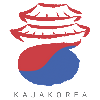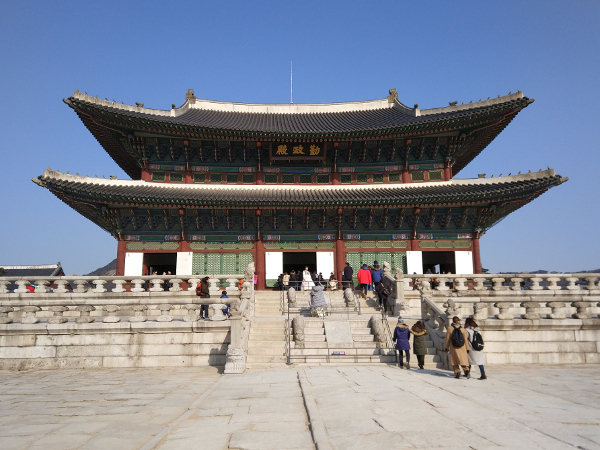Korean Lessons ᚛ Level 1 - My First Steps in Korean (Lessons 1 to 30) ᚛ Lesson 4 - Learn Hangul (part 4) - Double consonants
Learn Hangul (part 4) - Double consonants
Learning Hangeul
- Simple vowels
- Simple consonants
- Combined vowels
- Double consonants
- Final consonant combinations
List of double consonants in Korean
Korean has five double consonants. These sounds don’t exist in English, so they might take some practice to pronounce correctly.
A good tip to pronounce them properly is to place your hand or a small piece of paper in front of your mouth.
When you say a double consonant, no air should come out. These sounds are produced without any burst of air.
As long as you feel air escaping, you’re probably not pronouncing them correctly yet.
Double consonants also sound tighter and tenser than regular ones. They require more muscular tension and a sharp, crisp sound.
ㄲ
- At the beginning of a syllable: tense [k] - 까
- At the end of a syllable: blocked [k] sound - 앆
ㄸ
- At the beginning of a syllable: tense [t] - 따
- At the end of a syllable: not used
ㅃ
- At the beginning of a syllable: tense [p] - 빠
- At the end of a syllable: not used
ㅆ
- At the beginning of a syllable: tense [s] - 싸
- At the end of a syllable: blocked [t] sound - 았
Before "i"-sounding vowels like ㅣ, ㅑ, ㅕ, ㅛ, etc., ㅆ is pronounced like a tense [sh] – 씨
ㅉ
- At the beginning of a syllable: tense [j] - 짜
- At the end of a syllable: not used
Summary
|
Jamo |
Beginning of Syllable |
End of syllable |
|
ㄲ |
k (tense) |
k |
|
ㄸ |
t (tense) |
- |
|
ㅃ |
p (tense) |
- |
|
ㅆ |
s (tense) |
t |
|
ㅉ |
j (tense) |
- |
Comparison with simple consonants
When pronouncing double consonants, make sure the sound is tight and crisp, with no breath. Otherwise, it may sound like a regular consonant instead.
So don’t confuse:
- 가 and 까
- 다 and 따
- 바 and 빠
- 사 and 싸
- 자 and 짜
Double consonants and regular consonants are completely different. They form different words, and native speakers distinguish them without any problem.
That said, double consonants are quite difficult to pronounce at first, so don’t worry. It takes time and practice, and that’s totally normal.
Exercises
Learn more
Traveling to South Korea can be an unforgettable experience. But when you don’t speak Korean, everything gets more complicated: ordering in a restaurant or café becomes stressful, you can’t understand signs or directions, asking for help in case of trouble is nearly impossible, and most importantly, you miss out on the very essence of a successful trip to Korea: connecting with the locals.
Since English - Korean machine translators can’t always be trusted (the two languages work in completely different ways), it’s essential to prepare yourself in advance to fully enjoy your trip to South Korea!
Learn more

